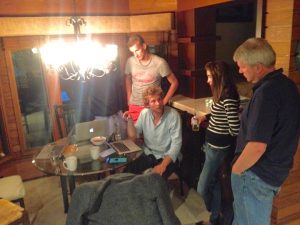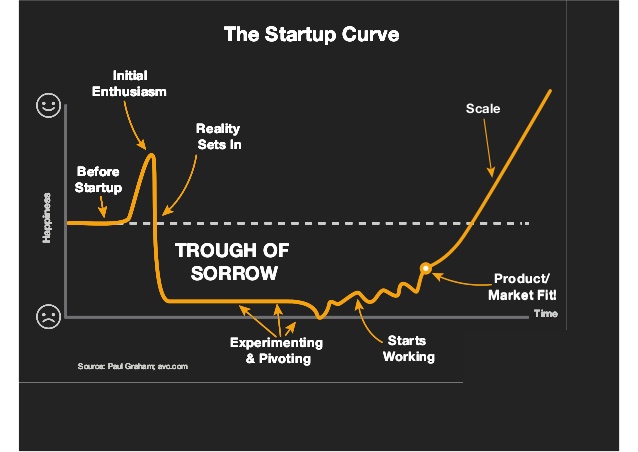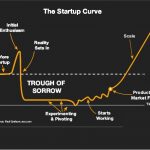I just got back from 3 hurried days in San Diego for the kickoff of the Innovation Corps training, an entrepreneurship bootcamp for university researchers funded by the National Science Foundation with the goal of improving the commercialization of NSF-funded research.
Based on the Lean Launchpad curriculum pioneered by Steve Blank, the “I-Corps” now has 8 nodes across the country which facilitate both short regional training programs and longer national training programs. Having attended the 1-week regional training in February, this was the kickoff for the 6-week national training curriculum in which we hope to find a good product-market fit for the eCalCharge electric vehicle charging startup being founded by my labmate Caroline LeFloch.
Over the next 6 weeks, we’ll conduct 100 interviews with stakeholders and potential customers, trying to find a way to fit our technology into an urgent market need – the product-market fit. In return, the NSF is providing $50,000 of funding for customer discover (not for R&D), a tiny grant for the NSF but a huge sum for a new startup.
Unlike the user-centered design techniques which I focused on in college, the Lean Launchpad approach focuses on product/market fit- and in highlighting the saboteurs, influencers, and hurdles which the product must clear before closing a sale. The goal is to have the customer excitedly jump out of his seat and yell “How much do I have to pay you for that!?!” – not just to give the customer warm fuzzies.
By requiring us to conduct 100 user interviews without any product development, we are forced to test all of our assumptions and hypotheses without being able to hide behind product details. The teaching team is composed of venture capitalists with prior successes and failures, and they have been brutally candid in highlighting our weaknesses- they want us to fail and pivot quickly so that we don’t become a smoking crater of wasted VC and NSF money.
With 6-9 hours of classes per day, about 4 hours of homework assignments, and the task of getting 12 in-person interviews, the last three days have been incredibly intense. Instead of enjoying the beach in San Diego, we worked 14 to 16 hours a day as the teaching team ratcheted the intensity up to ‘startup’ pace. I woke up early on the last day to go for a quick run and a 2-minute dip in the ocean, but otherwise spent most of the trip holed up inside scribbling notes and working on presentations.

Late nights brainstorming the business model canvas and value propositions with the eCalCharge team during the I-Corps kickoff.
Even after just a few days, I’ve already shattered many of my preconceptions about energy use and electric vehicle smart charging, and see that the road to cleantech commercialization is much more complex than I had thought. It will be an interesting journey.

The Startup Curve. The i-Corps kickoff rapidly pushes you into the Trough of Sorrow.
